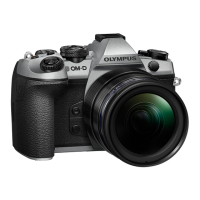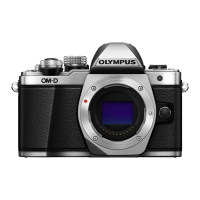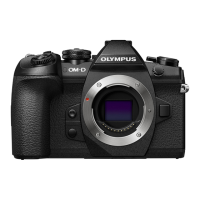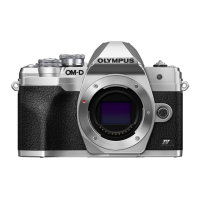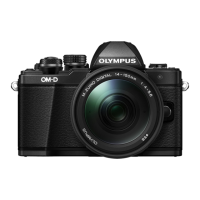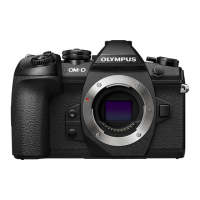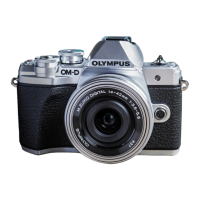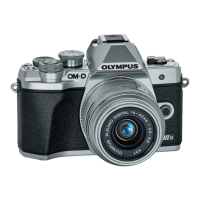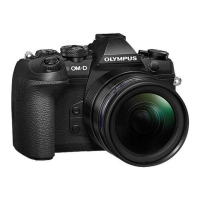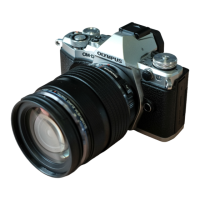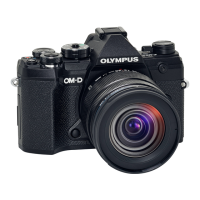n 3-1 Basic Recording and Playback
4 Press the R (movie) button to start recording.
• The camera will start the recording count and display the
recording time.
• You can tap the display at any time during recording to
shift focus to a new location.
R (movie) button
28
mm
T W
C-AF
TC 00:00:00:12 DF
0:29:47
n
REC
00:12
LL
R
R
M-ISM-IS
1
0.0
123
min
1
30
p
30
p
4K
250 F5.6
ISO-A
200
Recording time
5 Press the R button again to end recording.
• Do not touch the display with your fi ngernails or pointed objects.
• Touch controls may not function as expected if you are wearing gloves or the monitor is
covered with a protective sheet.
• The AF frame varies with the option chosen for AF-target selection. The area covered by the
AF target can be chosen in the AF-target selection display (P. 352). The AF frame is not
displayed when q (all targets) is chosen for AF-target selection.
• Touch controls are not available in some circumstances, including:
in the one-touch WB white balance metering display and while camera buttons or dials are
in use.
• Movies cannot be recorded:
in
B
(bulb) mode or using interval-timer photography, keystone compensation, fi sheye
correction, or the live ND fi lter
• Movies over 4 GB in size are recorded over multiple fi les (depending on shooting conditions,
the camera may start recording to a new fi le before the 4 GB limit is reached). The fi les can
be played back as a single movie. g “Viewing Movies over 4 GB in Size” (P. 301)
• CMOS image sensors of the type used in the camera generate a so-called “rolling shutter”
effect that can cause distortion in pictures of moving objects. This distortion is a physical
phenomenon that occurs in pictures of fast-moving subjects or if the camera is moved during
shooting. It is particularly noticeable in pictures taken at long focal lengths.
• When the camera is used continuously for extended periods, the temperature of the image
sensor will rise and noise and color splotches may be visible in the display. Should this
occur, turn the camera off and wait for it to cool. Noise and color splotches are particularly
likely to occur at high ISO sensitivities. If the temperature of the sensor increases further, the
camera will turn off automatically.
• The camera may be unable to compensate for excessive shake.
296
EN
3
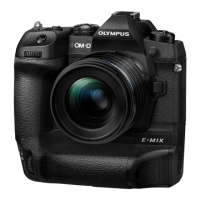
